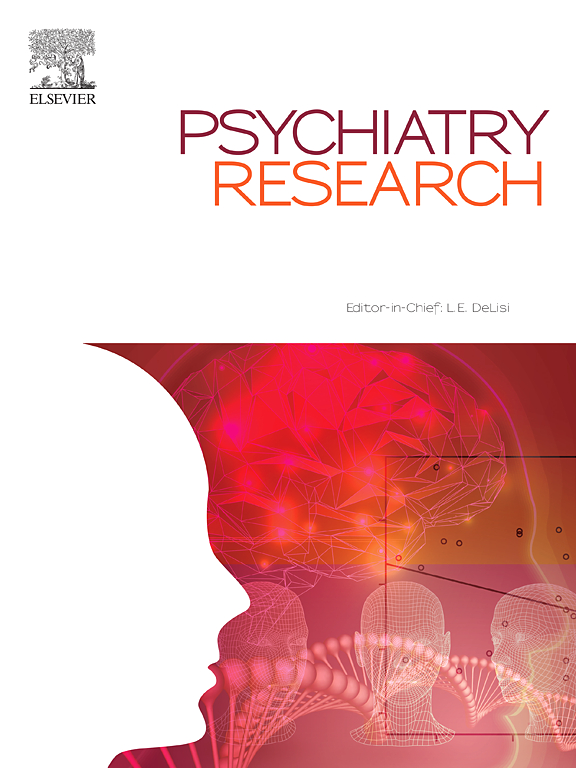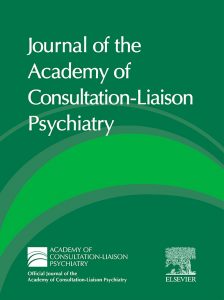Author: Jeffrey Smith, PhD
Abstract: Studies examining the perceived association of wartime and increasing suicide rates in the US military and US civilian populations have proliferated since the beginning of the Global War on Terror.
However, additional historical analysis is needed to better place the recent surge in active-duty Army and civilian suicide rates into context and better inform researchers, health care providers, and policy makers, says the author.
To do so, the author studied empirical data from US government websites, publications, and journal articles to identify longitudinal trends.
“Results suggest that suicide rates among US males (US Army service members and civilians) have surged upward since 2006 and represent a new historical trend that is worrisome,” says the author.
But results also show that war does not historically appear to increase suicide rates in active-duty Army soldiers nor civilians. Instead, larger, more universal, factors than combat may be similarly affecting both populations.
Data does shows that US service member suicide rates have increased substantially since the start of the Global War on Terror. “However, we do not currently know what is driving these suicides. Is it military-specific factors (e.g., higher incidence of TBI [Traumatic Brain Injury]), per se, or other factors inherent in a changing modern society? The answer to this question has profound implications for public health suicide prevention efforts.”
Importance: While the federal government, Department of Defense, Veterans Affairs, and non-profit foundations have launched suicide prevention efforts aimed at Veterans and service members, these programs have generally not taken into account suicide in the larger historical context of society and culture.
Availability: Published by Psychiatry Research





